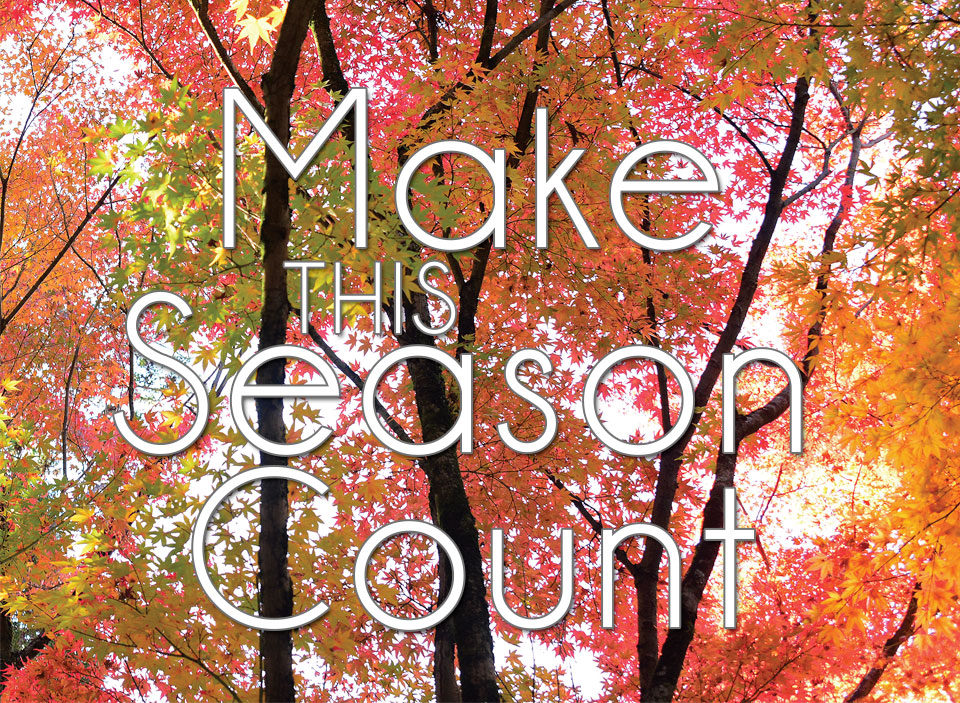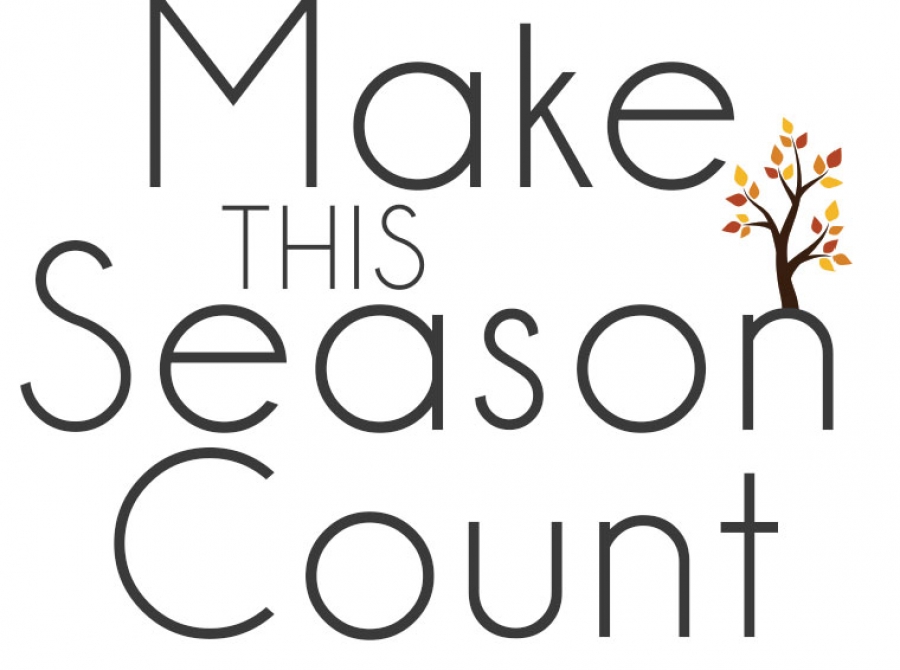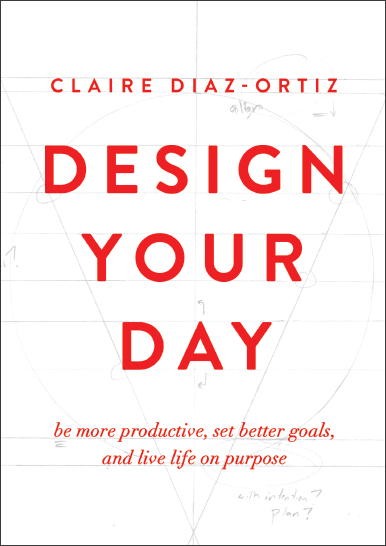
Get Started
Once you have an overarching word in place, it’s now time to set and reach your goals. Brainstorming comes first. I want you to think of anything and everything under the sun that may or may not be a goal in your life. Goals start with ideas, and we need a lot of them. Think big. To do this, you’ll need a lot of ideas. Luckily, each one of us — whether we’re teachers, doctors, mamas, programmers, businesspeople, tennis coaches, politicians, or cartoonists — has tons of ideas every day. Every hour, often. Every minute, sometimes. The challenge, however, is in effectively capturing those ideas. When you have an idea in the shower, do you write it down? No. (Although SkyMall used to sell something to help you with that.) When you have an idea while tossing and turning at night, do you write that down? Not likely. When you have an idea in the subway, do you type it into your phone? Sometimes. The problem isn’t in coming up with the ideas, but in systematically documenting them. So get a notebook. A tiny one. Not your regular hefty journal, and definitely not your phone. A real notebook you can touch and look at and think. Carry it around. Use it just for ideas. Don’t listen to the part of your brain that says that you don’t need one more notebook just to write down a random idea. For years, I told myself I could use my regular journal. For years, it never worked.
Make It SMART
Goals should be actionable, and they should have a timeline. A goal isn’t “I want to make a billion dollars this year!” A goal is something that you really can potentially achieve with a little sweat and grit. I certainly didn’t create the concept of SMART goals, not by a long shot. Instead, a smart man named Paul Meyer did. According to Meyer, a SMART goal is a goal that fits the following criteria.
Specific: A goal should never be vague. For a few years now, I have set a goal to read 200 books. This isn’t a vague goal. It’s not “I want to read some books” or “I want to read dozens of books.” No. I want to read 200 books. A specific goal is specific. Period.
Measurable: A goal should never be vague. It’s not hard to measure a measurable goal. So, find a goal you can count your progress against. If you’re training for a 10K run, say, you need to plan out how many times you’re going to run each week and for how many minutes. Numbers are measurable.
Actionable: With an actionable goal, you know what to do next. If I want to finish my current book manuscript (I do), then I can open up Microsoft Word and get going. In fact, I can keep doing that every day for 90 minutes (or 5 hours, depending on the day!). Actionable goals tell you (or at least strongly hint at) what needs to happen next. Do you have a goal to expand your business? You’ve got to turn off House Hunters International and get cracking.
Relevant: Three years ago, health was top of mind for me, so I set a goal to try eating a 30-day “Paleo” or Whole Foods Diet. It’s worked so well for me over the years that this year my goal is to eat 90 percent Paleo. Always make sure your goals are relevant to the particular season of life you’re in. The year I had a baby, I decided it was not realistic to read 200 books, so I dropped my goal by 25 percent.
Timely: Let’s say I want to write some ebooks, and I have a goal to self-publish two in a given year. It’s best to put more of a timeline on that goal. The first book when? The second book when? Put a date by those numbers. And never forget important life events that aren’t necessarily in your goals chart. For example, if I have a goal to have at least one annual reunion with my college roommates, I shouldn’t plan that for the spring — when I have a baby due.
By understanding this framework, we can look back and see if the things we came up with during our brainstorming were actually goals, or if they were something else. Take a look at your list. If something doesn’t fit your chosen “word,” perhaps it’s a great idea for another season.









